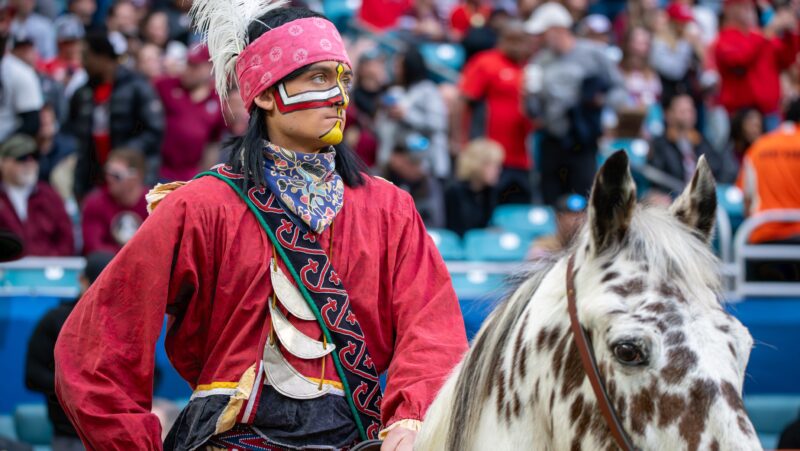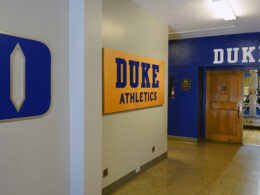By Doug Kezirian
Updated 9/2/24 11:24am ET
Monday’s showdown between Boston College and 10th-ranked Florida State (-16.5) highlights a predicament sports bettors often encounter and even more frequently violate. But as always, there are exceptions to every rule.
Almost all Week 1 games had point spreads offered the entire summer. Naturally, we saw fluctuation and that was accentuated if a team played Week 0. Specifically, the Seminoles’ Week 1 line was re-posted at -17.5 (from 20.5) after they lost to Georgia Tech.
The world’s best bettors adamantly focus on beating the closing line. Legendary bettor Billy Waters “never took a bad number in all my years,” according to one sportsbook source. Yes, as a general principle, that is a wise approach. If you always have a better number than the closing number, you will churn a healthy profit.
However, I believe tonight’s ACC game is a great example of how one must occasionally think outside the box. I still think Boston College +16.5 is a decent bet. Now, a knowledgeable and respected bettor told me last night that he cannot bet the Eagles because the point spread ranged between 20 and 22 all summer.
I understand that mindset and general principle. However, we now have more data points, such as FSU playing an actual game. It’s only one (overseas) performance but it’s better than nothing. So, with one game, assessing tonight’s point spread is not identical to viewing it prior to the upset loss to Georgia Tech.
The betting market must always be respected but I also do not think it should be the only arbiter of wagers. The market is undoubtedly softest in a season’s first few weeks. In fact, over the past decade, a preseason top-10 team has finished the year unranked every year but one.
August power ratings carry less weight than November’s. New data constantly enters the equation. Same goes for in-game wagering. The in-game odds always adjust to what has transpired.
For example, on Sunday night, LSU’s opening drive stalled without a score. The game’s over/under of 66.5 all of sudden dropped to 58.5. At that juncture, was Under 58.5 a bad bet because you could have had 66.5 before kickoff? I bet it and even later in the quarter I pressed on Under 51.5, while sending out alerts to subscribers (I later hedged some with Over 53.5). New data had presented itself, and I felt there was still opportunity because of a supremely high closing total.
Without question, the betting market is a thinking man’s game. Variables are constantly moving and while it is math-driven at its core, we all can agree that is a far cry from the simple math of a roulette wheel or craps table.
Tonight, I believe we should process the adjusted point spread through the lens of new data, such as my declining perception of Seminoles quarterback DJ Uiagalelei. Would I rather have +22? Of course. But one could argue that +16.5 is a better wager, having seen the Seminoles after losing so many pieces, as opposed to the unknown of what Mike Norvell developed (or didn’t develop) all summer.
Now let’s go watch FSU win by 17 so I can burn this article.
Photo Courtesy: Shutterstock



